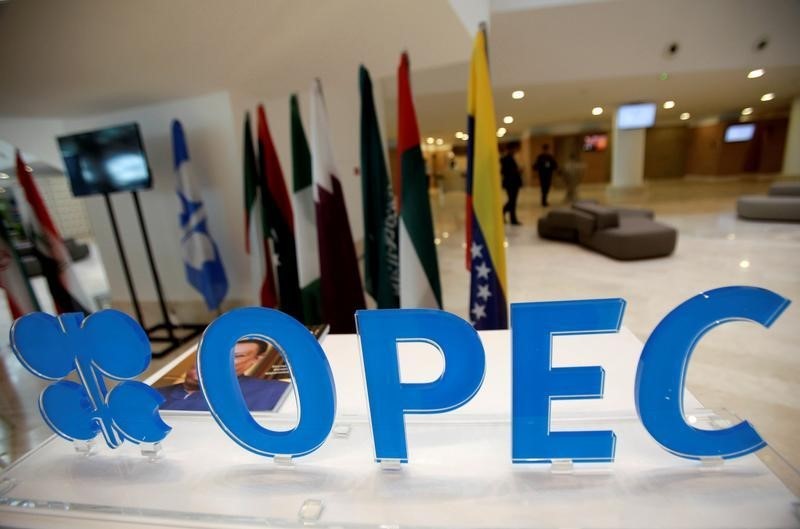By Barani Krishnan
Investing.com -- The delayed U.S. oil inventory data — it’s not coming, said the EIA, and then, it suddenly lands — was just one of the things in Wednesday’s clouded picture on crude.
The sliding U.S. GDP and OPEC+’s upcoming monthly announcement — with the cartel’s soundbites calculated to “balance” any price negativity — were two other variables playing on oil traders’ minds.
“There’s a mixed bunch of things going on, and the price action is telling that,” said John Kilduff, founding partner at New York energy hedge fund Again Capital.
New York-traded West Texas Intermediate, the benchmark for U.S. crude, settled down $1.98, or 1.8%, at $109.78 per barrel after trading as high as $114.02 earlier.
London-traded Brent crude, the global benchmark for oil, was down $1.65, or 1.5%, at $112.15 on its most-active September contact. The session peak was $116.22.
U.S. crude oil inventories fell over the past two weeks combined, the Energy Information Administration, or EIA, said on Wednesday as it released composite data for the period that showed a drop of 2.8 million barrels for the weeks ending June 17 and June 24th.
But any price optimism from the drop in crude inventories was offset by a build in petroleum product inventories announced by the EIA.
Inventories of gasoline and distillates both rose by 2.6 million barrels for the combined period, the EIA said.
Clouding the outlook for oil traders was US Gross Domestic Product, which contracted by 1.6% for the first quarter versus the 6.9% growth in the fourth quarter of last year, according to the Commerce Department. The department issues three GDP readings for each quarter. What was interesting about the first quarter is that each of the last estimates came in a percentage point lower than previously.
The GDP reading reinforced market expectations that the United States was headed for a recession. With the 1.6% contraction in the first quarter, the economy will technically slip into a recession if it does not return to positive growth by the end of the second quarter, which ends Thursday.
Federal Reserve Chair Jerome Powell proved to be no help either.
Speaking on Wednesday at a European Central Bank event live-streamed from Portugal, Powell said the Fed was running against the clock to beat inflation. The central bank had no choice but to keep raising interest rates to achieve this, although there is no guarantee that it can provide a soft landing for the economy, Powell said.
“Is there a risk we would go too far [with rate hikes]?” Powell said. “Certainly there’s a risk. The bigger mistake to make —let’s put it that way — would be to fail to restore price stability.”
Many economists say the Fed left “rates too low for too long” and its catch-up now could unravel the recovery made since last year from the coronavirus pandemic. The Fed kept rates at between zero and 0.25% for two years during the pandemic, and only raised them this year in March. It has since brought key lending rates to between 1.5% and 1.75%. The central bank has said it will continue with rate hikes until inflation, running at 40-year highs of more than 8% per annum, returns to its target of 2% per year.
Beyond all was Thursday’s impending monthly announcement of OPEC+ production.
Members of the Organization of the Petroleum Exporting Countries and their allies including Russia, have already said they will put out 50% more oil in July than in June.
But the 23-nation alliance, led by Saudi Arabia and supported by Russia, is also up more than 250% in its compliance with production cuts, according to an internal report seen by Reuters.
OPEC+ has consequently trimmed its projected 2022 oil market surplus to 1 million barrels per day from a previous estimate of 1.4 million, according to the report.
